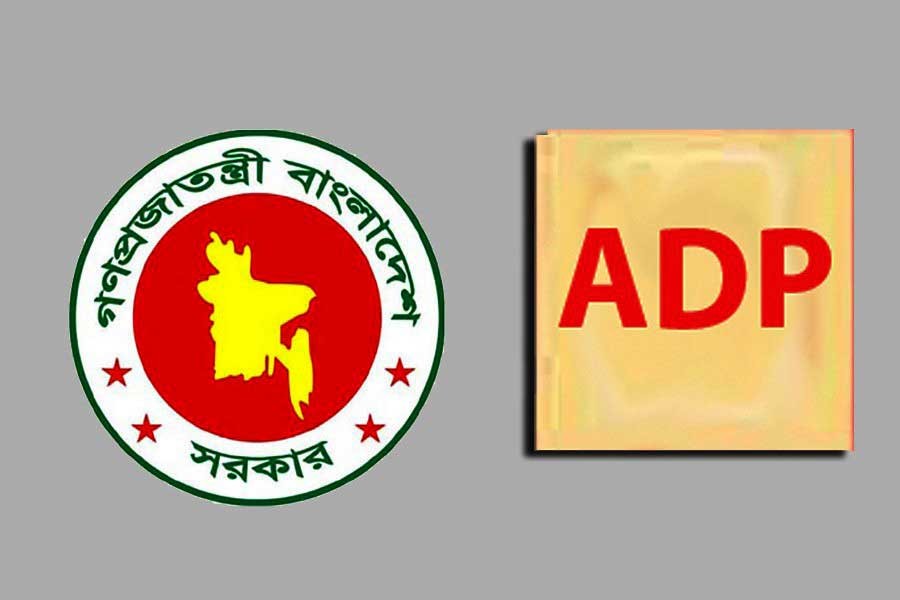What have been lately noted as obstacles to timely execution of the Annual Development Programme (ADP), in a very recent review, are anything but revealing. Those are more or less known to all concerned. But what is important here is that review in question has been carried out by none other than the Implementation, Monitoring and Evaluation Division (IMED) under the Ministry of Planning. The IMED, reportedly, has sent letters to the relevant agencies mentioning the weaknesses in development project execution and urging them to address those without any further delay.
But one can hardly expect any positive outcome of the IMED move. For most public sector agencies are found to be least interested in improving their track record as far as development project execution is concerned. However, such apathy does contribute to shortfall in overall budget execution and, ultimately, project cost overrun and implementation delays. In recent years, the rate of execution of the overall budget has been on a declining path. A number of factors are held responsible for slow implementation of development projects and the lack of capacity on the part of the executing agencies remains at the top of the list.
Apart from a number of perennial problems such as slow release of funds by the Ministry of Finance and the development partners in the case of foreign-financed projects and forced-entry of a large number of unapproved politically-motivated projects, there are a few systemic problems in ADP implementation. The IMED review, reportedly, has noted those and suggested their early solution. These problems have cropped up because of the failure, deliberate or otherwise, on the part of the relevant government agencies to go by the set rules with regard to approval and execution of scores of projects.
Non-availability of competent and sufficient number of project directors (PDs) remains a major problem. Though relevant rule demands that a project worth above Tk.500 million should have a permanent PD, most executing agencies flout the stipulation. In many cases, one single PD is entrusted with the task of overseeing half a dozen or more projects, including ones located in different districts. Moreover, most projects do witness frequent changes in PDs. Thus, shortage of qualified PDs and their frequent transfers do, naturally, affect the pace of project implementation. It is not that the government is unaware of the problem. Yet nobody seems interested to address it.
Besides, a number of projects are included in the ADP without doing the necessary feasibility study following pressure from influential quarters. The execution of such projects faces inordinate delays because of highly insufficient annual allocations. Interestingly, despite all the shortcomings -- the relevant policymakers do also publicly admit the problems with ADP execution -- the rate of ADP implementation at the end of every financial year (FY) is shown between 90 and 95 per cent.
For instance, until the month of April of this FY, the rate of ADP execution was 55 per cent, that too, in terms of fund release against projects. The actual rate of physical progress of most projects remains far lower than that. Yet the ADP implementation rate at the end of the year would be shown at an attractive rate. Volumes have been said about slow rate of project execution and irregularities involved in it but nothing tangible has been done to correct the situation. It is high time the government took a few corrective measures in the domain of development administration.


